The St Mary's Catholic Church
A one place study of a church and its role in supporting new immigrants and the founding and development of a community in rural Pennsylvania during the middle of the nineteenth century.
Our guest author, , joins us from St. Marys Pennsylvania and writes for . Rainey is a new writer for the Projectkin Members’ Corner. Monthly posts from members celebrate their contributions to family history storytelling — in all its forms. Posts may be written or recorded (audio or video) will be shared for free each month. Explore the entire Members’ Corner here.
Overview:
The St Mary's Catholic Church is the very reason the city of St Marys was founded in the first place.1 The early settlers were German Catholic immigrants who wanted to worship God in their way and retain their German traditions. Before St Marys was incorporated into a city in 1992, two places, St Marys and Benzinger Township, shared a borough. Both places shared churches, schools, and other institutions. To encompass both the former Benzinger Township and St Marys, I am focussing my study on the St Mary's Catholic Church, which served both the borough and the township before the incorporation that brought them together.
Location:
The church is located on Church Street between Maruas and Joseph Streets.

History of St Marys:
The Catholic church is the reason St Marys exists as a city. St Marys was founded by the German American Catholic Brotherhood of Philadelphia and Baltimore. At the time of its founding, the Know-Nothings political party was vandalizing churches in cities up and down the East Coast of the United States. Priests were being tarred and feathered. At the time, there was a lot of prejudice towards both German and Irish Catholics. Both groups traveled on “coffin” ships2 to the United States.
The Germans emigrated from kingdoms where war and rioting hindered economic advancement. The Brotherhood bought 35,000 acres along Elk Creek from the Fox Land Company of Boston, Massachusetts. In October 1842, two parties, one from Baltimore and the other from Philadelphia, started their long trek to the site they purchased. One day, this would become the city of St Marys.
Before clearing the land, they settled at John Green’s farm. The women and children stayed at the Green farm until the men opened a path to St Marys and cleared enough land for houses and farming along Elk Creek, where South St Marys Street Elementary School is today. The wives, children, and possessions did not travel to the new homestead until December 8, 1842.
The first woman to set foot on the land was Mary (Stockman), so the town was called Marienstadt or Marystown and placed under the guidance of the Virgin Mary. The community and parish were closely related then. Every man, woman, and child in the settlement was German and a member of the Catholic faith.
In the beginning, there were 26 families, and they suffered many hardships. Father Alexander joined the community to offer spiritual sustenance and keep them focused on their greater reward in heaven. He reminded everyone of the Golden Rule.
St Marys was platted in a particular way because the settlers were advised to build their houses in groups and set up their farms as they had in German kingdoms. The farmland was surveyed and divided into 25-, 50-, 75-, and 100-acre lots despite the rugged terrain. The early settlers envisioned thousands of Catholics living here.
Baron Gottlieb Heinrich Von Schroeter
In the leading history of St Marys and Benzinger township, Baron Gottlieb Heinrich Von Schroeter's contributions were omitted. However, the author of a book on the history of St Mary's church did his research and remedied the issue. Baron Von Schroeter played a significant role in settling St Marys as a refuge for Catholic Germans.
Baron Von Schroeter was born in Holstein on March 25, 1805, the son of a well-to-do Baron from Mecklenburg. He went to Rome and got married, but he soon separated from his wife. In 1836, while in Munich, a poor man introduced him to the Redemptorist Catholics.3 The Baron had inherited properties from a relative in Mecklenburg, which he sold to return to Rome and involve himself in the American Redemptorists.
The Baron arrived in America about 1843 when the colony of St Marys was on the brink of failure. He joined Mr. Eschbach and Col. Benzinger in buying the land and an additional 26,000 acres from the Fox Land Company. Then, they changed the community structure from a commune to a semi-capitalist venture. He visited Marianstadt many times and wrote a pamphlet that brought many German immigrants from the old country to this brand-new settlement in the wilderness. This pamphlet was written in 1846. Father Alexander, who secured the financial contributions of Col. Benzinger and Mr. Eschbach, owned the grist mill on Mill Street.
The Baron contributed much of his income to the settlement in St Marys as allowances for the priests and nuns. He convinced King Ludwig I of Bavaria to sponsor the community. Despite a visit to Pope Pius IX to make the request, he was not able to secure a special bishop for the settlement. Most of the Baron’s time in America was spent at Loretto, Pennsylvania, though he was also instrumental in creating St. Vincent College and Convent in Latrobe.
The Redemptorists (1842-1849)
For the first seven years, the Redemptorists were entrusted with the colony's spiritual and sometimes temporal welfare. Many of the original settlers were from Baltimore, where the Redemptorists were from. Life in these early years was hard and there were times when both adults and children were starving.
The children walked miles to the church school with no shoes and rags wrapped around them. St Marys was a very poor settlement for quite some time. The terrain is rugged, so farming was difficult, and these people were in such an isolated area that they might as well have been in the wilds of the Rockies, even though they were west of the Allegheny mountains on the Allegheny plateau. The settlement would have floundered and failed without the missionary work and spiritual sustenance of the Redemptorists.
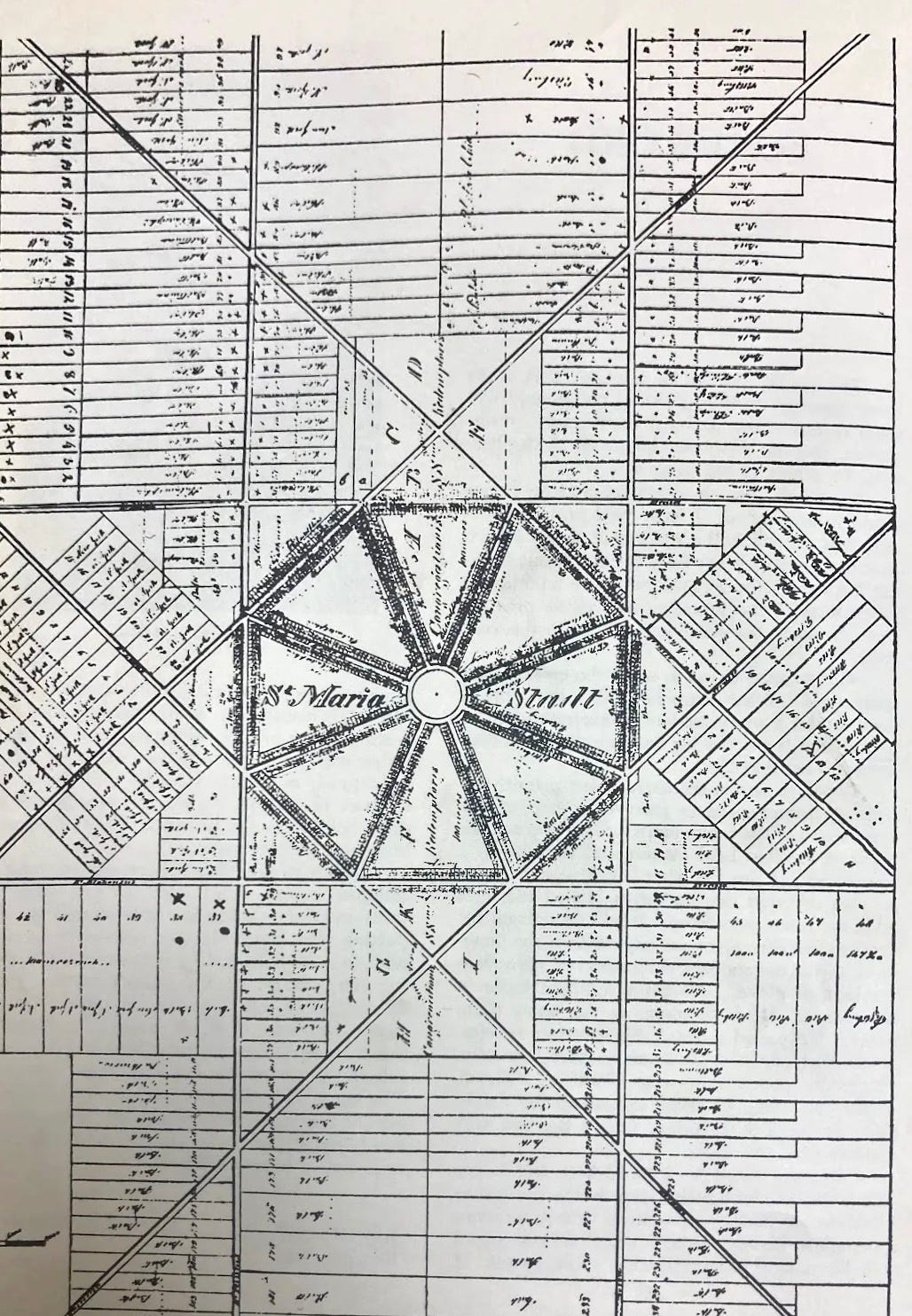
The first Holy Mass was given at the Walker house, which served as a boarding house for the new settlers as they arrived. By 1843, Father Otto Borgess, a traveling missionary from Trinity Church in Philadelphia, ministered to the congregation. He was a familiar face because many had come from the same church in Philadelphia.
Over time, he was joined by missionaries, including priests and nuns. The nuns were housed in a convent built where the Penn Highlands Elk Medical Center is today. The convent was moved to its present location because the land was considered unfit for building. The picture below is a grotto, adjacent to the nuns’ burial space.
In 1849, the Redemptorists were called to take up missionary work elsewhere, so the Benedictines were sent to replace them.
The Benedictines
The Benedictines came from St Vincent Convent and College in Latrobe, Pennsylvania. Father Boniface Wimmer came to serve the colony and later the Sisters of Notre Dame. Originally, the parish was connected to the Diocese of Pittsburgh, but today, the parish belongs to the Diocese of Erie. The Benedictines had more access to resources and were better able to serve the colony.
The original frame church built by Father Alexander in the triangle formed between Center, Maurus, and Cross streets was destroyed by fire on May 10, 1850. Services were held in the schools until the land was chosen and the basic frame was built. Up until the present day, the Benedictines supplied the priests, and when the nuns still lived here, they were Benedictine nuns.
Rebuilding the Church
After the fire, Col. Benzinger and Mr. Eschbach surveyed the area and restructured the lots to create space for the new church. They broke ground on Pentecost Monday, May 31, 1852. Father Boniface Wimmer gave the blessing and presided over laying the cornerstone on June 27, 1852.
Every man, woman, and child in the settlement worked to build the church. Each street was assigned a day to work on the church, so their other duties (like farming, mining, or logging) were not neglected. Services were held in the unfinished church on December 8, 1853, and Christmas Day that year.
Father Joshua Young completed and blessed the church on July 12, 1854. In 1899 and 1910, the church resurfaced in new cement (stucco).
Ignatius Garner paid for and built the organ in the church. He arranged for the materials and the men to make the organ in the church in 1857. He was the local representative of the land company Col. Benezinger, and Mr. Eschbach had created. He was also the postmaster. There were 1300 people in the colony.
On a more personal note, Johann Wilhelm Gausman left provisions in his will to purchase the sacred art of the Childhood of Christ. Johann Gausman’s son, Heinrich Gausman, a carpenter, also donated money for one of the stained glass windows in the church.
Along with building a new church, a new site for the cemetery was chosen. In November of 1860, a tract of land at the end of St Joseph Road was selected for the new cemetery. The area was expanded, and in 1884, a chapel was constructed on the land. The cemetery includes examples of German blacksmithing, as well as creative forms of grave markings done by the poorer members of the community. The cemetery is vast so a review of the historic elements in the graveyard will have to wait for separate survey.
The schools
The first parochial school was located where the Penn Highlands Elk Hospital is now. It was built in 1844 by Father Alexander. It was a one-story structure with two rooms made with lumber from the first sawmill. Two Redemptorist brothers, Brother Xavier X. Burdych and Brother Joseph, were the first two schoolmasters. Only boys were taught here. Girls were not educated until the Benedictine nuns came to St. Mary's. After the church burned down in 1850, this school was used for church services.
The first convent and school for girls were in the same place as the boys' school. Father Alexander erected it in 1847. It was also the convent for the Benedictine sisters. It was a two-story wooden building that was unpainted. In 1860, the Benedictine nuns built their own convent attached to the new church building that was started in 1852.
St Benedictine’s Academy was behind the church on Church Street. This academy was for the training of future nuns. The Benedictine nuns no longer reside in St Marys, but they have their private graveyard in an area behind the church. The convent and the academy were recently demolished, along with the gymnasium to the former Central Catholic High School building.
There were a few other schools for Catholic children, including Central Catholic, a middle school. It is the Parish Center today. Catholic Schools have been consolidated into two buildings: The Queen of the World Church on Queens Road, where all elementary children are taught, and the Elk County Catholic School building on Maurus Street, where middle and high school students are taught together.
Corpus Christi Festival
For the past 179 years, St Mary’s Catholic Church has celebrated the Corpus Christi Festival on the first Thursday after Trinity Sunday in June. The festival is a procession that allows one to display devotion to the Christian Faith.
A monstrance is used to carry the Sacred Vessel through the town's streets. The clergy hold the monstrance above their heads while the congregation follows with songs and prayers. Altars are placed along the route, and the journey ends with a benediction and the blessed sacrament.
The Church Today
There are churches of multiple denominations in the city today. St Mary's Catholic Church (the German Church) has combined with The Sacred Heart Church (the Irish Church) and the Queen of the World Church (the newest church) to meet the needs of the sick and homebound, providing a quality education and assisting to the needs of the children in the Catholic system. Recently, the church held a traditional Latin service.
Other Elements of St Mary's Spiritual Life.
With so many churches in the area, one woman decided to bring the faithful together by hosting a music festival in Shawmut Park in the middle of summer. It is called Soulstock, and it has grown over the last five years to become an important event for the community. Soulstock 2024, takes place from July 26 through July 28th.
Would you be interested in joining us here in the Members’ Corner with a piece of your own? We’d love to share your work, too.
St Marys and Benzinger Historical Society provided me with books for my research, “Mary’s Legacy and Early St Marys and Some of Its People,” and “The History of the St Marys, and Mary’s Legacy.” Learn more at the website maintained by the church: thesmchurch.com
“Coffin Ships” was a term for ships used to transport emigrants from places like Ireland under severe conditions. Source: Wikipedia.
“Redemptorists” refers to a Catholic congregation founded in Italy that was dedicated to providing spiritual nourishment to the poor. It is formally known as the Congregation of the Most Holy Redeemer. Source: Wikipedia.


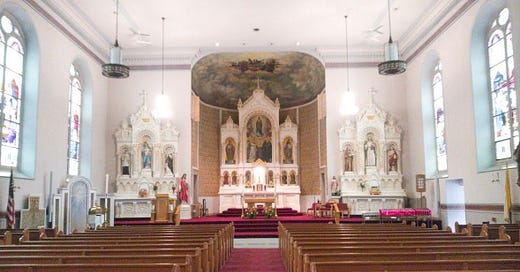




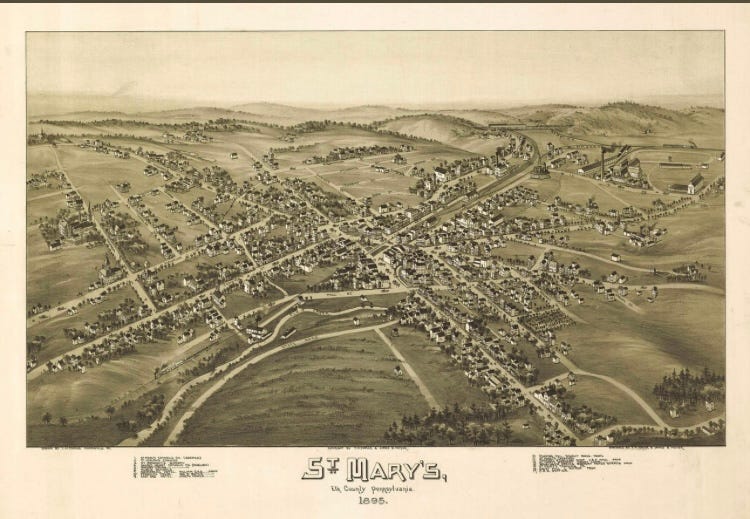


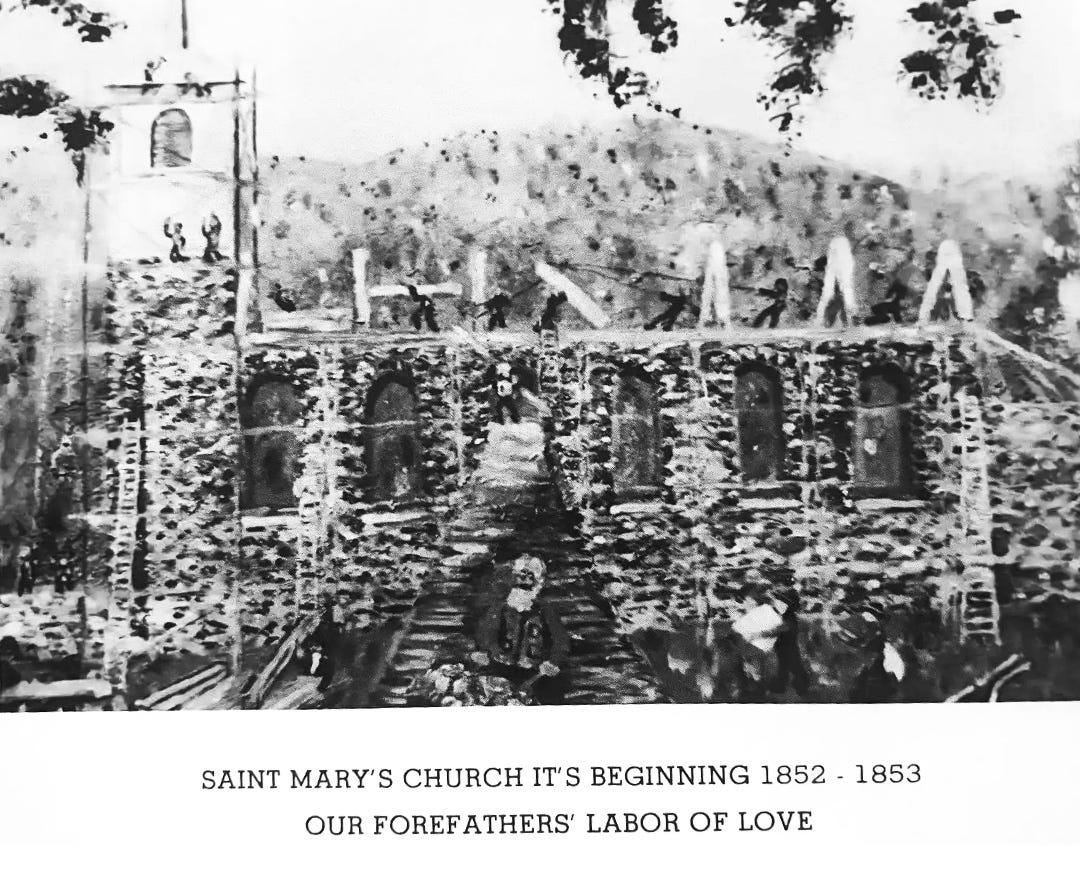
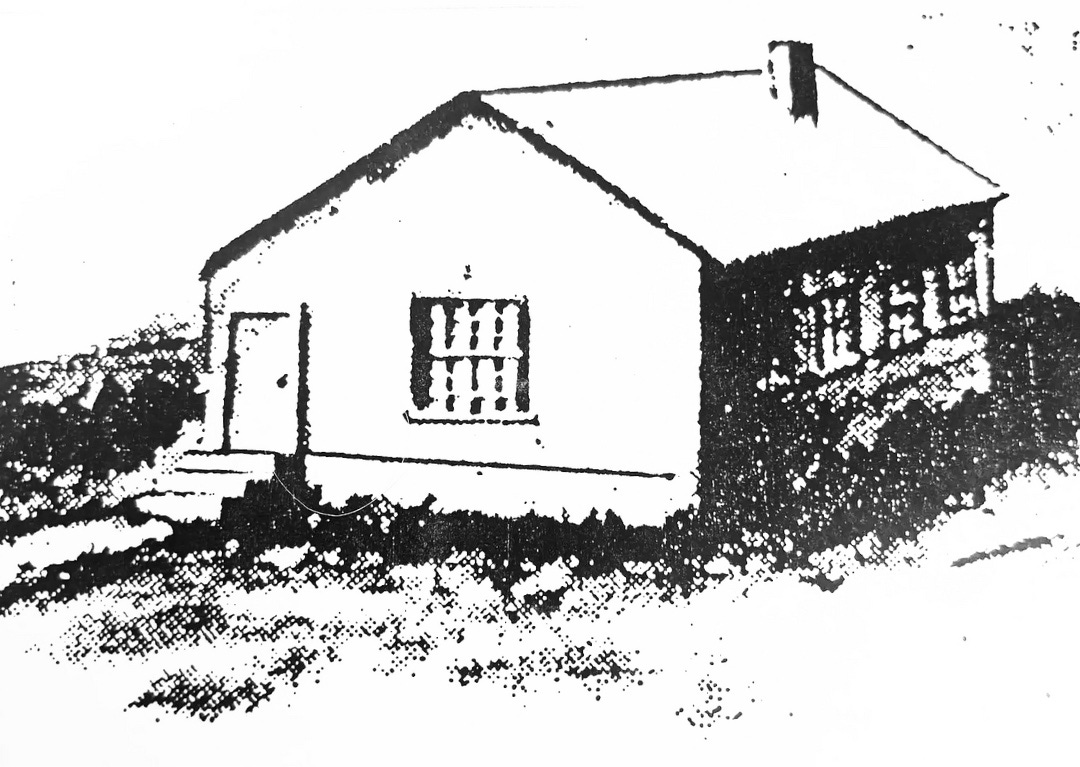
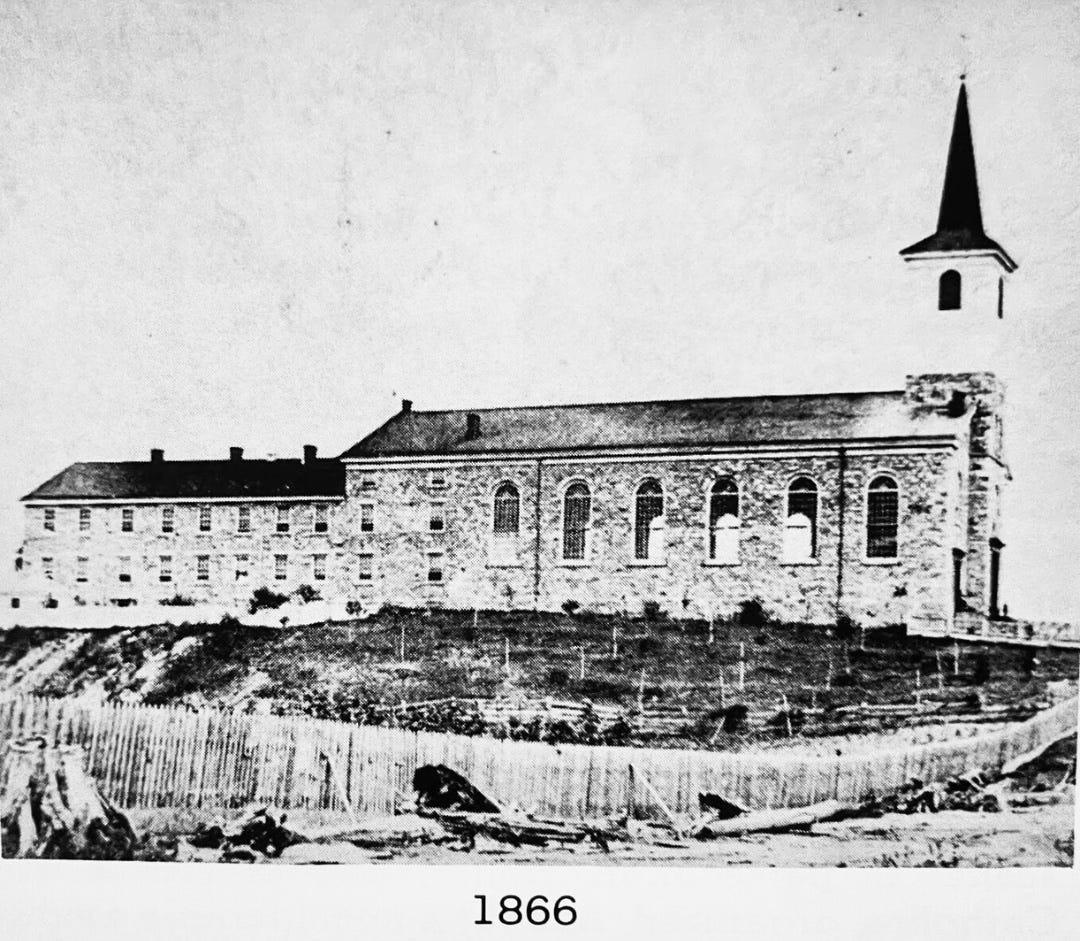
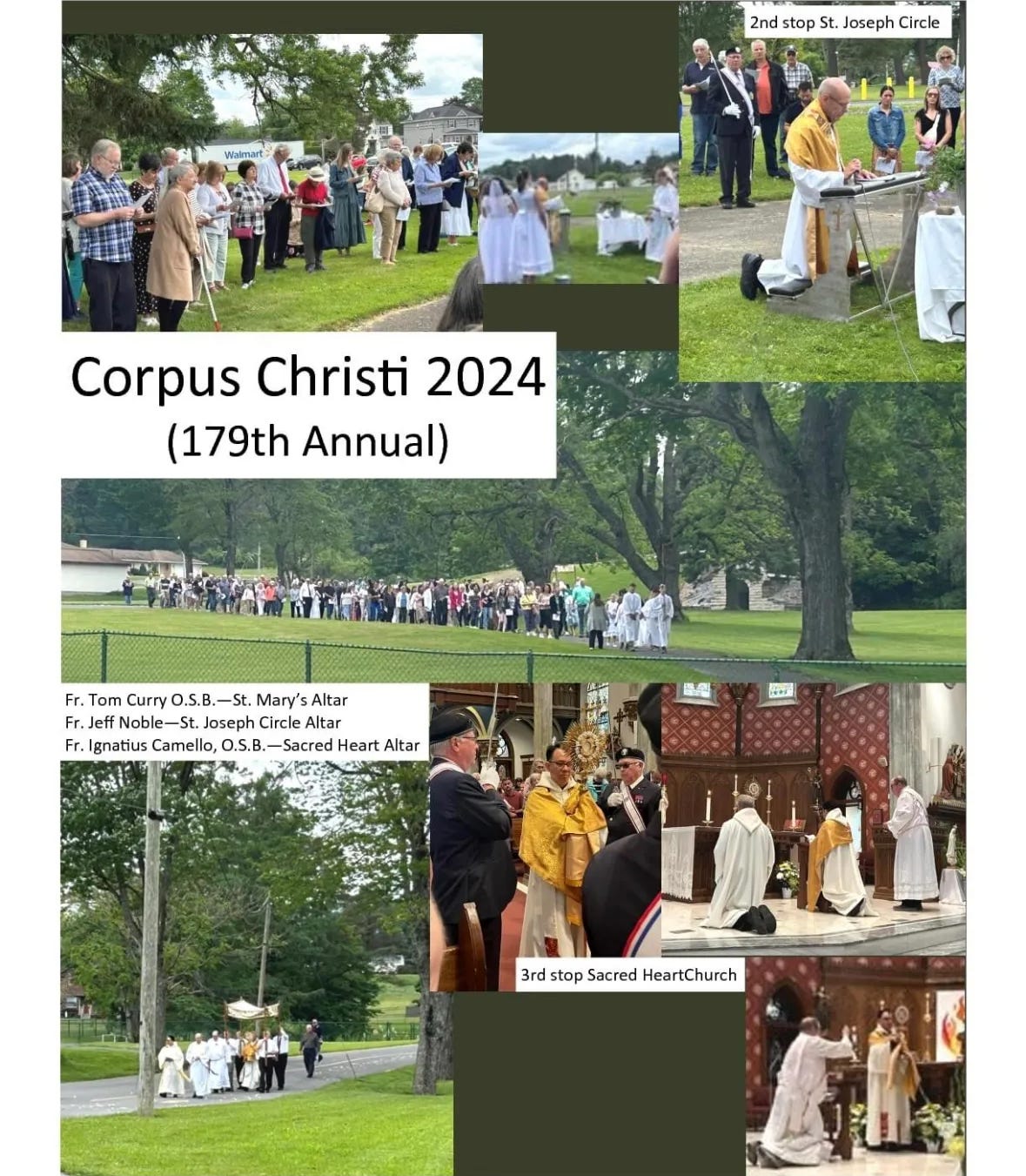



Fascinating history- when I was in the academic world this kind of social history was very neglected. I am so happy to see people doing this work now.